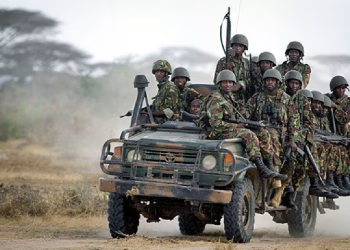At just 16, seeking health services was a daunting experience for Paulette Akinyi due to the stigma surrounding young pregnancies. Now 25, Akinyi reflects on her struggles: “Each time I approached a clinic, I faced judgment from older medical staff, fearing their disapproval for dropping out of school.”
Akinyi, who had limited knowledge of sexual education, felt isolated and depressed during her prenatal visits, grappling with thoughts of suicide and abortion. Recognizing the lack of youth-friendly health services, she joined a support group for young mothers, which became a crucial resource for accessing health and advocating for rights.
Among her peers are Mary Akoth and Lyn Adero, both of whom contracted HIV at young ages. They regularly meet to combat stigma and ensure access to health services. “Our gatherings focus on health and fighting for our rights through peer support,” Adero shared.
These groups contribute to addressing the “Triple Threat”—a term referring to the urgent issues of new HIV infections, adolescent pregnancies, and sexual and gender-based violence. During a recent event organized by Media for Environment, Science, Health and Agriculture (Mesha) in Homa Bay, stakeholders emphasized the importance of this initiative.
Caroline Kinoti from the National Syndemic Diseases Control Council remarked, “Adolescents are a significant demographic transitioning to adulthood. The onset of sexual activity often leads to high rates of HIV infections and disrupted education.”
Ludfin Bunde from UNAids stressed the need for a multifaceted approach to tackle these interconnected issues, advocating for educational and employment opportunities for youth.
Homa Bay County, facing the highest HIV rates in Kenya at 15.2%, has seen efforts to manage the epidemic and reduce new infections among youth. Recent statistics indicate that 429 pregnancies were recorded among girls aged 15-19 in just six months.
Kenya’s commitment to ending the Triple Threat is outlined in its ‘Commitment Plan’ for 2023-2030, aiming to eliminate new HIV infections and adolescent pregnancies while addressing sexual and gender-based violence.
Despite the progress, challenges remain. In 2023, health facilities attended to over 254,000 pregnant girls aged 10-19, with a significant percentage of new HIV cases occurring in those under 34.
As Health CS Susan Nakhumicha noted, “The health sector faces a considerable burden in addressing early and unprotected sexual activity among young people, emphasizing the urgent need for comprehensive support and education.”
Navigating Health Care as a Young Mother: Paulette Akinyi’s Story
Plugin Install : Subscribe Push Notification need OneSignal plugin to be installed.
















